The Solar System
The Solar System is the Sun and the many thousands of objects that travel around it. These objects include eight planets and their moons, at least five dwarf planets plus thousands of asteroids, meteoroids and comets. It is your neighbourhood in space!
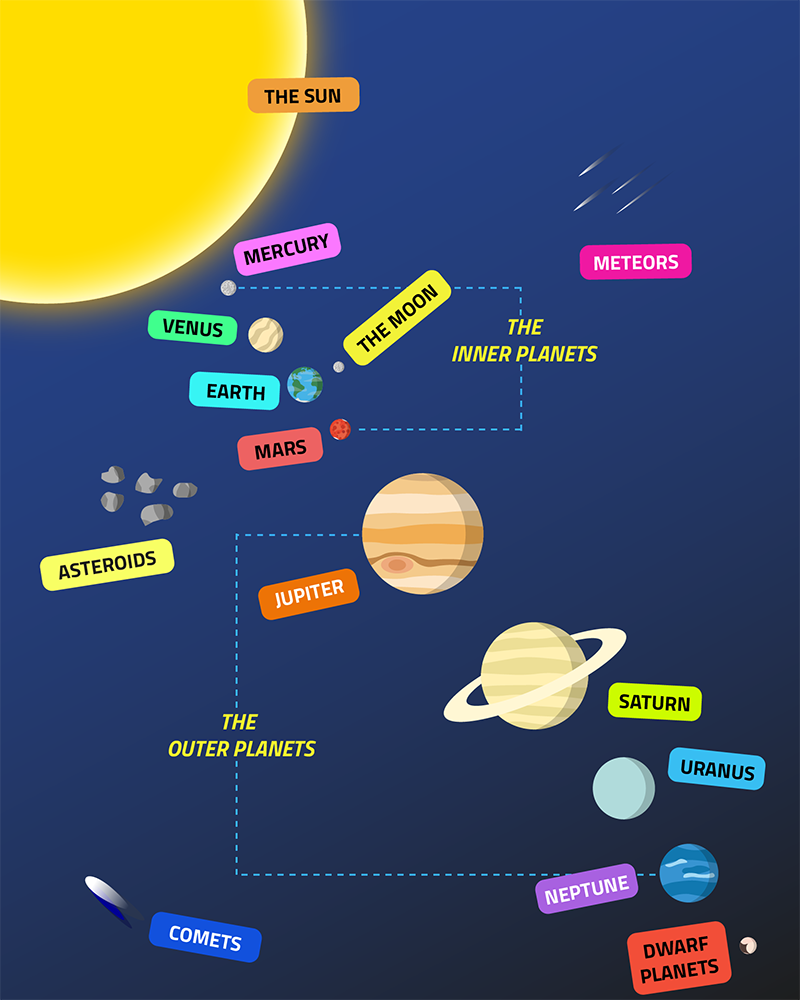
All of the objects in the Solar System travel around the Sun in paths called orbits. Some of these orbits are quite round, such as those of the main planets, whereas others are more oval, or elliptical, in shape, such as those of comets and dwarf planets. The Sun keeps its family of surrounding objects in its orbit by its pull of gravity. Orbiting most planets and dwarf planets are moons. Some planets have very few moons, others have lots. The Solar System is believed to be about 4.6 billion years old. It is situated in a galaxy called the Milky Way. So, without further delay, let's meet your neighbours...
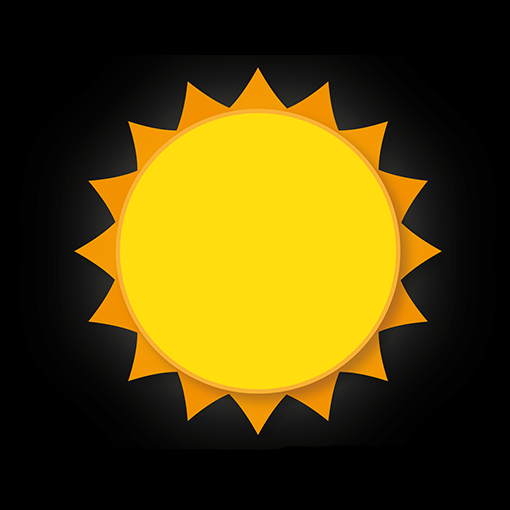
Situated slap bang in the centre of the solar system is the Sun. This is a star, a large ball of gas which produces immense quantities of heat and light. It is by far the largest object in the solar system and is 109 times wider than planet Earth. It generates its energy by turning hydrogen gas into helium.
Dark spots on the Sun’s visible surface are called sunspots. These are slightly cooler regions of the Sun. Explosions of energy from the Sun are called solar flares.
The Sun is a fairly average yellow dwarf star, and should remain as one for about 9 billion years. It is about half way through its main life. Eventually, as its energy supplies begin to run out, it will get even larger and become a red giant. By then, it is likely that it will become large enough to absorb some of the planets closest to it. And what are those planets?
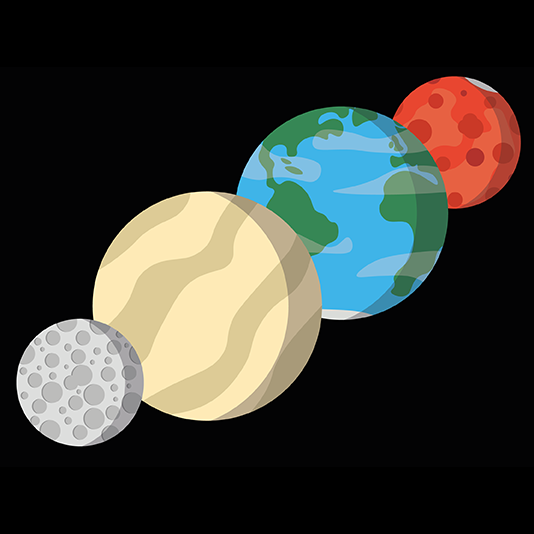
The inner planets are Mercury, Venus, Earth and Mars. These are the closest planets to the Sun. They all have solid surfaces
and are sometimes referred to as the terrestrial planets. The inner planets are the
four smallest planets in the solar system. Mercury is the smallest of the inner planets and Earth is the largest of them.
Mercury is the closest planet to the Sun. It is the most cratered planet in the solar system. Despite being close to the Sun, Mercury isn’t the hottest planet. Venus, the second planet from the Sun, is hotter. It has a thick, suffocating atmosphere which prevents heat from escaping it. Its surface is covered by thousands of extinct volcanoes. Earth is the only planet where life is known to exist and has a surface mostly covered by water. Mars, a popular planet for space exploration, once had water flowing on it. Today, it’s a cold desert planet, although is home to the solar system’s largest volcano, Oympus Mons. Neither Mercury nor Venus have any moons. Earth has one (the Moon!) and Mars has two small ones.

Separating the inner planets from the outer planets is a region of thousands of asteroids called the Asteroid Belt.
Asteroids are rocks, some small, some very large, but none larger than any planets.
Most asteroids are irregularly shaped, appearing like fragments of rock. It is thought that the
Asteroid Belt and its contents may be the result of a planet that didn't form.
The largest object in the Asteroid Belt is Ceres which was discovered in 1801. Rather than being recognised
as an asteroid, it is actually classified as a dwarf planet. We'll take a look at dwarf planets a little later.
Other fairly large asteroids include Vesta, Pallas and Hygiea. Vesta, the largest, is only 525 kilometres (326 miles)
in diamater, which is tiny even when compared with the Solar System's smallest planet, Mercury, which is 4,878 km (3,031 miles).
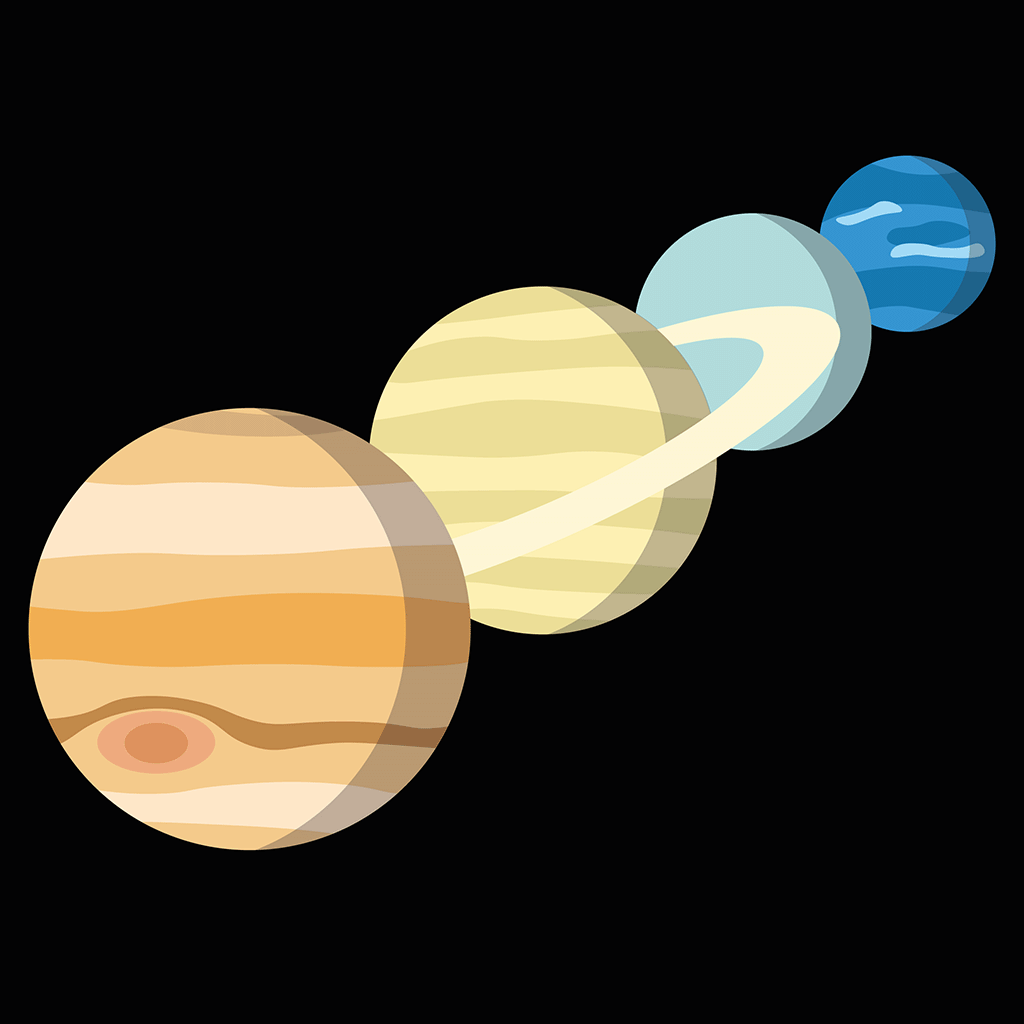
The outer planets are Jupiter, Saturn, Uranus and Neptune. They are the largest planets in the solar system. Unlike the inner planets, they don’t
have solid surfaces. Instead, they are made up mostly of gas are often referred to as the gas giants.
Jupiter is the largest of all of the solar system’s planets. It has a red spot which is an Earth-sized storm that has raged for centuries. All of
the outer planets have rings orbiting them but Saturn’s is easily the most impressive and is its defining characteristic. Uranus is a rather boring
planet which orbits on its side, which suggests that another large object collided with it at some point and knocked it over. Neptune is the solar
system’s eighth planet and the most distant of the regular planets. All of the outer planets were visited by Voyager 2 in the 1970s and 1980s, and
it remains the only space probe to do so. Each outer planet has lots of moons. Jupiter has at least 79, Saturn has 82, Uranus has 27 and Neptune has 14.
Dwarf planets are objects which are a lot like the other planets but with the exception that they orbit in regions that are populated with other similar objects. There are currently five objects classified as dwarf planets. These are Ceres, Pluto, Haumea, Makemake and Eris. Ceres is situated in the Asteroid Belt, in between the orbits of Mars and Jupiter. The other dwarf planets are positioned beyond the orbit of Neptune. These ones have elliptical orbits with Pluto sometimes coming closer to the Sun than Neptune.
They are all small worlds, smaller than any of the regular planets, although several have their own moons. Pluto was once classed as the solar system’s ninth planet but was reclassified in 2006 when scientists came up with the concept of dwarf planets.

Sometimes called dirty snowballs, comets are balls of rock, dust and ice that orbit the Sun in all kinds of weird and wonderful orbits. They are thought to originate from the deepest depths of the Solar System, from an area known as the scattered disc, or even further out in the Oort Cloud. They travel in elliptical orbits, usually without being visible to most observers. But, as they get closer to the Sun and heat up, they begin to glow and produce tails of gas and dust. From Earth, comets can look like blurred stars. Comets like Halley's Comet appear quite regularly and are known as short period comets. Halley's Comet last came close enough to the Sun to be visible in 1986, and will do the same again in 2061. Others take hundreds, even thousands of years, to get around the Sun. These are known as long period comets. Comets can collide with other objects in the Solar System. Comet Shoemaker-Levy 9's journey through the Solar System ended in 1994 when Jupiter got in its way. Whoops!
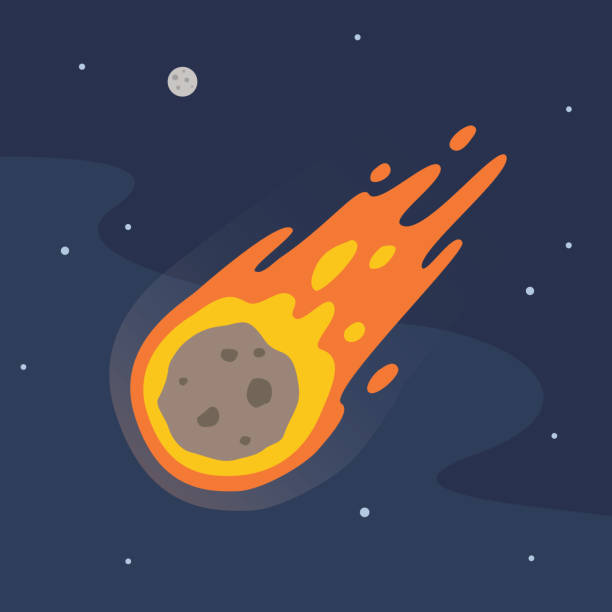
Meteoroids are small balls of rock or metal that travel through the solar system. They can be as small as a tiny stone or as large as a house. They are often fragments of
other larger objects, like asteroids, comets, planets or moons.
Most meteoroids travel around space happily and peacefully although many regularly smash into moons or planets, with Earth being a frequent target for them.
When they travel through Earth's atmosphere, they are called meteors. It's also
common to call them shooting stars. This is because they heat up and begin to glow and appear like fast moving stars.
If a meteor survives its journey and reaches Earth's surface, it is called a meteorite. As meteorites are usually fragments of other objects in the solar system,
they're a convenient way of studying those objects without even needing to travel to them. There are meteorites on Earth that have come from Mars, while others have come
from the deepest depths of the solar system from comets.
Anything Else?
The summary of the solar system on this page is what is currently known about it. There is still so much that isn't yet known about the solar system and many discoveries still to be made. When this website first began in 2000, Pluto was still a planet, Jupiter was thought to have only 13 moons (it is now known to have at least 79!) and the dwarf planets Haumea, Makemake and Eris hadn't even been discovered. The spacecrafts Spirit, Opportunity, Phoenix, Curiosity and Perseverance have all successfully landed on Mars, Cassini-Huygens entered orbit of Saturn, and Huygens even sent pictures back from the surface of Titan, one of Saturn's moons. Messenger went to Mercury, New Horizons went to Pluto and Venus Express went to Venus. What discoveries lie in the future? There may be more planets in the solar system, Earth may be found not to be the only place where life can exist. Keep your eyes on the skies because who knows what lies out there?
Of course, your solar system is just one of potentially billions of solar systems in the universe. The solar system is just the family of objects that orbit the Sun. The Sun is just one very ordinary star. But when you look into the night sky, you can see thousands of stars. And there are billions more that you can't see. Billions of stars just like your own. And that's just in your own galaxy, the Milky Way. Beyond the Milky Way galaxy are billions of other galaxies, each containing billions of stars. The search for other solar systems is a relatively new thing as it requires state of the art technology to be able to observe stars which are millions of miles away from Earth. The first detected exoplanet, a planet in orbit of another star, was recorded in 1992, but it is already known that almost 3,000 other stars have planets orbiting them, and so far almost 4,000 exoplanets have been detected. Some of these planets are believed to exist in the Goldilocks Zone, that region around stars where conditions are thought to be just right for life to exist. Is there another Earth out there?





